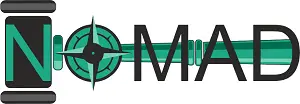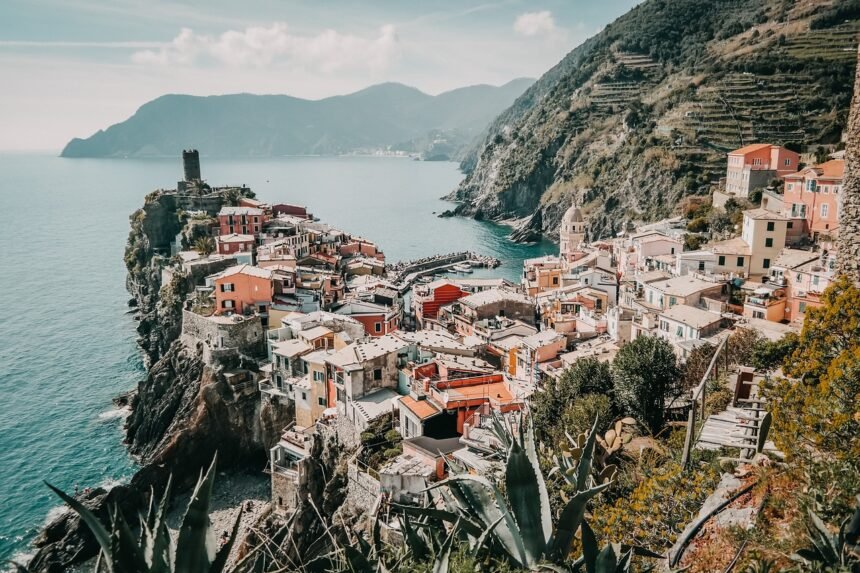Italy Digital Nomad Visa overview:
Italy Digital Nomad Visa is launched on 4th April, 2024. Now people can stay and work in Italy without an EU Passport or any other Visa. The best time to visit Italy and work. In this article you will get to know whether you are eligible for getting the Visa or not, and if you meet the eligibility criteria, Here’s how you can apply for the same.
Eligibility for the EU Digital Nomad Visa:
Obtaining a visa for Italy is undoubtedly not one of the easiest tasks for EU Digital Nomads. According to Euronews, the Italian government classifies highly trained non-EU or Swiss citizens as digital nomads. They ought to be able to work from a distance as independent contractors, business partners, or staff members.
The applicant should have the following to be Eligible to apply for EU Digital Nomad Visa:
The Applicant must be highly skilled with a highly qualified experience with proficiency in technology.
The Visa holder must also be financially capable. It is important to note that the law does not require applicants’ yearly compensation to originate from their remote job; instead, it can come from any source of revenue. Applicants must be self-employed or on a firm payroll, and their annual salary must be at least €28,000 (just over $30,000.)
Also read about Scorpio N adventure
In addition, candidates must be in possession of a professional trade licence, a minimum three-year college degree, or proof of significant work experience. Also, they must be able to demonstrate that they have six months of work experience in the field in which they want to work remotely.
Additionally, you would require documentation of your potential accommodations in Italy and proof of health insurance coverage, either through private insurance or by enrolling in the €2,000 ($2,100) annual National Health Service. Family members may also attend, subject to the local police’s discretion. Applicants who have been convicted of a crime within the last five years will be immediately excluded.
How to Apply for an EU Digital Nomad Visa?
If you have met all the eligibility criteria mentioned above then you can apply for the EU Digital Nomad Visa. Here are the steps to apply for the Visa:-
To ensure you have all the information you need and can clear up any questions, you may also visit the Italian government’s Immigrant Integration website before beginning the application process!
- The first step is to electronically submit the nulla osta, or authorization, issuance application. You can do this in compliance with the specified timelines and protocols on the Italian Ministry of the Interior’s website.
- Obtaining all the paperwork needed to award non-EU workers an Italian digital nomád visa is the second stage. Keep in mind that you must physically show these documents at the Italian consulate or diplomatic mission in your home or place of origin. We’ll go into great detail on the paperwork.
- Pay the visa fee and complete the application.
- Purchase travel insurance
- Present evidence of your income
- Provide documentation of your online activities.
Procedure for Selection:
The Italian police headquarters has the final say on family permits.
Dreams influencing: An Indian student’s pursuit of their Italian dreams is aided by a social media influencer Italy’s decision to grant this visa is in line with international initiatives to draw in high-earning foreign
labor. Italy seeks to promote economic development and attract qualified workers to reside and work in the nation by providing possibilities to digital nomads.
Visa processing duration:
The Italian government has 120 days from the date of submission of your application for a self-employment visa to respond.
They will let you know at that point if your visa has been approved or denied. The Italian consulate or diplomatic authorities in your home or country of origin will issue you an entry visa if it is approved.
The language you choose on the application form will be the one in which this paper is delivered. The primary languages that are offered are Arabic, French, Spanish, Italian, and English.





